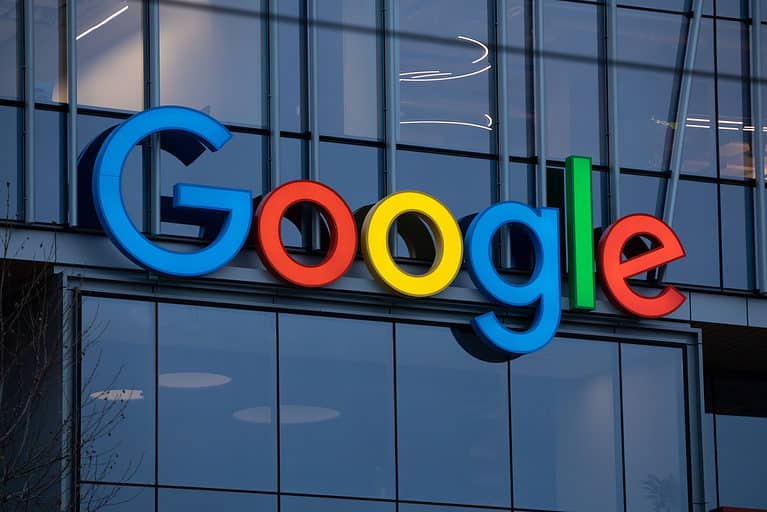A major re-org at Google should ensure that the company remains a leader in AI development. Various research, platform and hardware teams are being merged to make it easier to make strategic choices.
CEO Sundar Pichai explains how Google will change its structure. First, the company is consolidating its AI development, merging part of its research arm with development teams. Google’s Responsible AI team is moving from Research to DeepMind. It means this internal AI safety watchdog will be closely tied to the development of GenAI solutions. Whether jobs will be lost in this consolidation is not being discussed.
According to Business Insider, the reorganization provides much more control than before to DeepMind head Demis Hassabis. That news organization concludes that the changes could allow products to launch significantly faster, as decisions regarding safety and effectiveness of AI products can happen sooner.
Google Research has clear mandate following the change, Pichai stated. This team will focus on three research directions. These are computing (including quantum), fundamental research on machine learning and algorithms and applied sciences.
Change platform and hardware
Google is merging the previously independent Android, Chrome, ChromeOS and Pixel teams. This “formalizes collaboration” between these groups, Pichai said. It thereby offers other parties a clearer point of contact for collaborations. This was already true for the introduction of the AI feature Circle to Search on Samsung phones.
The new team will be led by Rick Osterloh, formerly SVP Devices & Services. Hiroshi Lockheimer, who coordinated Android, Chrome and ChromeOS for quite some time, will take on another position within Google and Alphabet.
Direct competition
The change with regard to AI development sounds like a logical step to streamline that process. Rumours suggest that OpenAI plans to launch GPT-5 in the summer, while Meta unveiled Llama 3 this week. Google has a constellation of Gemini LLMs to offer competition, but with alternatives from the likes of Anthropic with Claude models, it doesn’t look like a long-term lead can be guaranteed with a single generative AI model. However, since Google appears to have a deal with Apple to power AI applications on iPhones, the future looks relatively positive.
The reorganization around Android, Chrome, ChromeOS and Pixel products is of a somewhat different nature. Here, Google will focus on implementing AI, allowing partners on Android to maintain as much feature parity with its own Pixel line as possible. Compared to Samsung and many other Android phone makers, the market share of Pixels is small enough that they do not pose a threat for now. Therefore, consolidation should not cause problems.
Incidentally, it does appear that a substantial round of layoffs will accompany this consolidation. The scale of this is unknown, but it will eventually become clear how many jobs the restructuring has cost in time. In addition to redesigning its corporate structure, Google is also moving some of its activities abroad, which can hardly have any motivation other than cost savings.
Also read: Google moves part of operations and lays off employees once more
